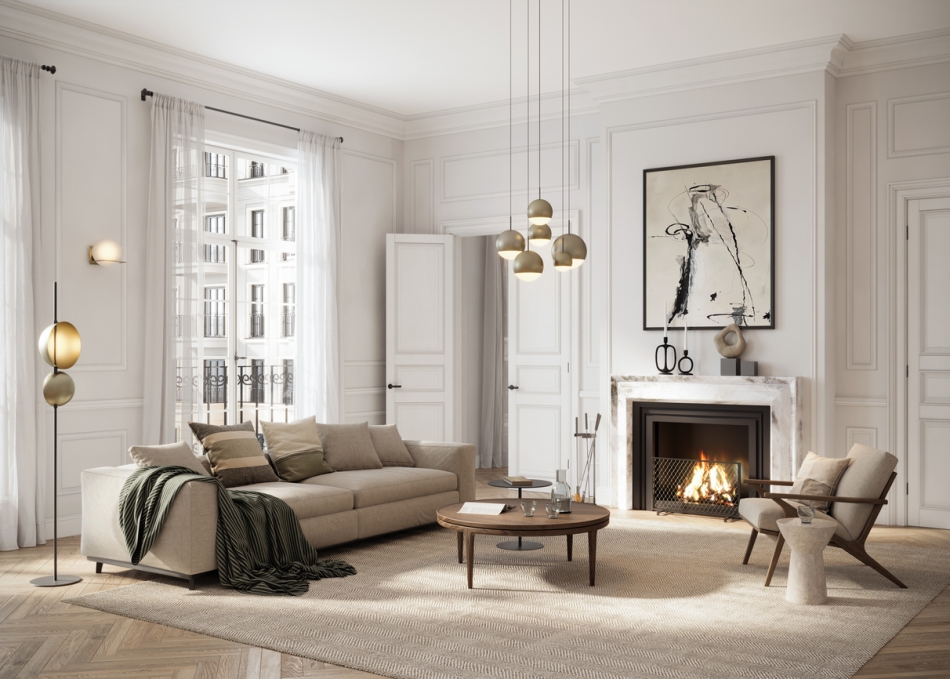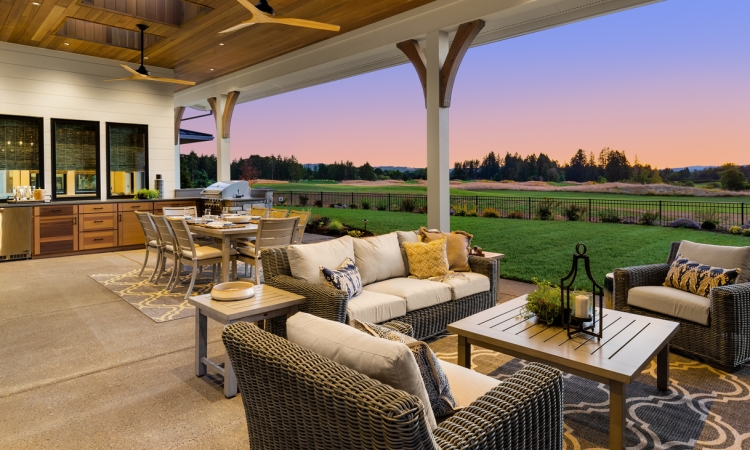Relocating a high-end residence is not about volume. It is about risk management, preservation, and continuity. You are transferring art with provenance, instruments with histories, and finishes that reward restraint. Treat the project as conservation guided by logistics.
The three pillars of moving a luxury home
People
Premium outcomes come from specialists. Look for formal, recurring training in object handling, packing methods, and materials behavior. Expect pre-move condition notes, photo inventories, and a handling plan for anything singular.
Ask: Who trains your crews, how often, and to what standard? Request sample condition reports.
Red flags: “We will figure it out on site,” no written documentation, or only furniture examples.
Protection
Safeguards start before load day. Floors, walls, stairs, and elevators should be protected during the initial survey. Packing must be designed for each item’s vulnerabilities, with minimal touches from wrap to placement. For sensitive media, insist on climate control and vibration mitigation in transit and storage.
Ask: Target temperature and humidity ranges. What crates, internal supports, and tie-down systems will be used.
Red flags: Blanket-wrap as the default for art or specialty finishes. No climate plan.
Planning
White-glove is a planning standard, not a label. Expect a sequenced plan aligned to how you live, building rules integrated into schedules, discreet arrival options, and a first-night list so the new home functions on day one.
Ask: For a written critical path, an escalation tree, and integrated access plans.
Red flags: One generic schedule, missing elevator reservations, or vague answers about privacy.
What “excellent” looks like
 Fine art and objects: Condition reporting with photos. Custom supports that avoid pressure points. Purpose-built crates. Environmental stability throughout.
Fine art and objects: Condition reporting with photos. Custom supports that avoid pressure points. Purpose-built crates. Environmental stability throughout.
Wine collections: Temperature discipline around cellar norms, routing that avoids heat spikes, and per-bottle inventory with label photos. Decide in advance which bottles you will hand-carry.
Instruments and specialty items: Qualified technicians for de-install and re-install, humidity awareness, and structural support plans.
Privacy and chain of custody: Limited-access crew lists, discreet vehicles when appropriate, and barcode or photo-based handoffs.
Liability and valuation
Understand your options. Released Value limits liability to cents per pound and is not suitable for high-value shipments. Full Value Protection obligates repair, replacement of like kind and quality, or settlement up to a declared value.
Actions: Choose Full Value Protection at an appropriate declared value. List extraordinary value items in writing. Keep all pre-move documentation and know the claim timelines.
Red flags: Pressure to select Released Value, no high-value inventory form, or paperwork that attempts to curtail claims at delivery.
How to run a calm move
- Conduct a structured walkthrough. Flag custom handling, finishes, access constraints, environmental needs, and staging areas.
- Prioritize rooms for immediate function. Bedrooms, kitchen, and daily living should be unpacked and set first.
- Decide what not to move. Edit collections, confirm measurements, and lock elevator and loading reservations early.
- Lock communications. One accountable manager, 24/7 escalation, and real-time access to inventory, documents, and change orders.
Due diligence checklist
- Sample condition report and photo inventory
- Written handling plans for art, instruments, and wine
- Evidence of climate control with stated target ranges
- Proof of continuous training and certifications
- Site-specific protection plan and sequenced load plan
- Chain-of-custody controls for high-value items
- Full Value Protection terms and claim timelines in writing
- Discreet arrival options and confidentiality norms
Common red flags
- “Blanket-wrap is fine for art.”
- No temperature or humidity plan for long-haul or summer routes.
- Refusal to provide documentation samples.
- Push toward low-liability coverage.
Bottom line
Align on people trained to conservation-minded standards, protection that starts at the survey, and planning tailored to how you live. Do that, and your move becomes a controlled handoff that preserves both asset value and calm.


